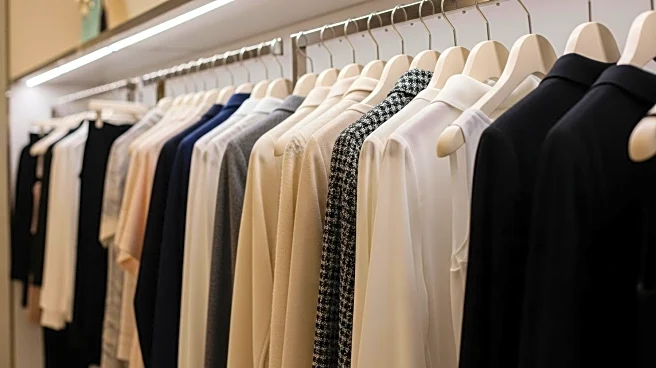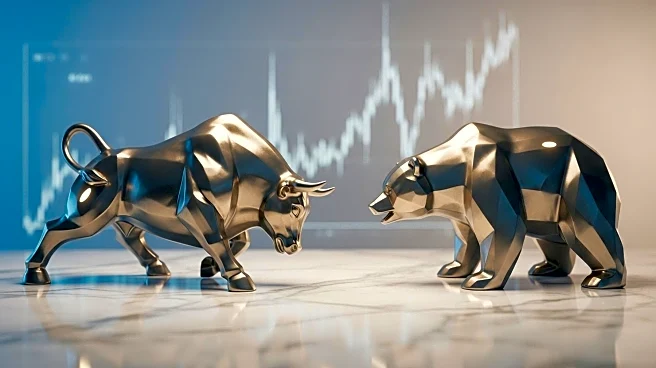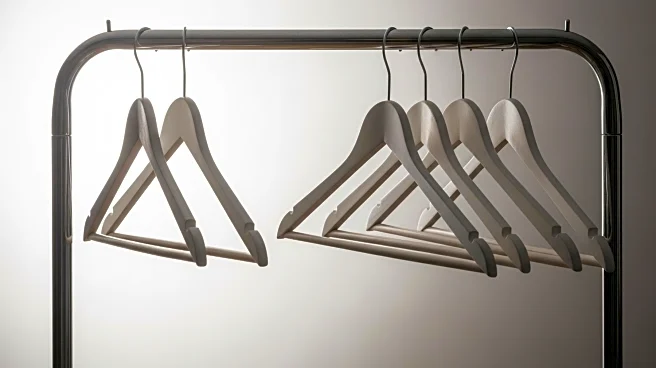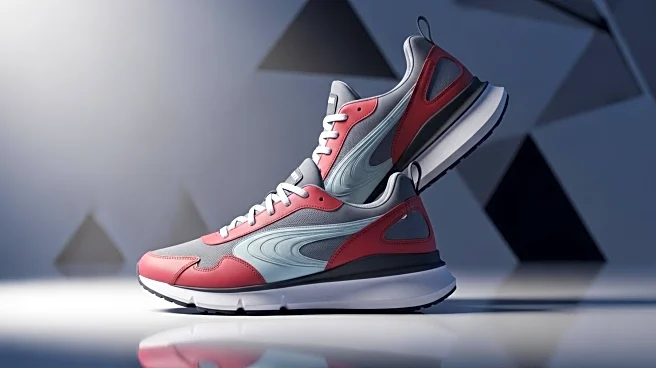What's Happening?
The fashion industry is experiencing a period of stagnation, with both employees and employers adopting a cautious approach amid economic uncertainty. Despite a stable retail labor market in the U.S., with unemployment at 4.4% in July, hiring has slowed significantly. This stagnation is attributed to various factors, including tariff pressures, geopolitical tensions, and concerns about AI's impact on jobs. The industry is in a 'holding pattern,' with companies hesitant to make significant changes or investments. This situation follows a period of high turnover in the industry, particularly in leadership roles, as companies adjusted to post-pandemic realities.
Why It's Important?
The stagnation in the fashion industry could have long-term implications for growth and innovation. With companies and employees reluctant to take risks, there is a potential for stifled creativity and a lack of new talent entering the industry. This could impact the industry's ability to adapt to changing consumer demands and economic conditions. Additionally, the cautious approach may hinder the industry's recovery from the pandemic, affecting its competitiveness in the global market. The situation highlights the need for strategic planning and adaptability to navigate the current economic landscape.
What's Next?
As the holiday season approaches, there may be a temporary increase in hiring for seasonal roles. However, the broader economic uncertainty is expected to persist, influencing hiring and investment decisions in the fashion industry. Companies may need to focus on strategic innovation and talent development to remain competitive. For employees, this period of uncertainty presents an opportunity to explore new sectors and roles, particularly in industries seeking to leverage fashion expertise. The industry's response to these challenges will shape its future trajectory and ability to attract top talent.












